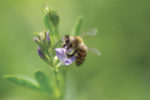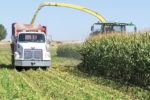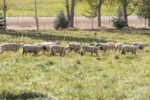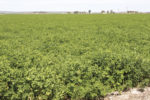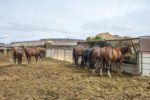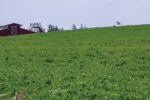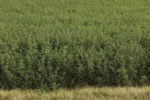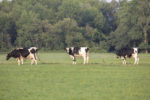Forage Selection
Ecosystem services provided by silvopastoral systems are mediated by specific management practices, environmental conditions and overall design of the system.
Read More
The essential bond between honeybees and forage crops
There is a crucial yet often underestimated role of pollinators, particularly honeybees, in forage crop production. While domestic and native colonies face growing challenges, farmers can implement practical strategies to preserve and enhance pollinator populations.
Read More
Filling the holes in your forage calendar
Stretching out grazing season with careful forage management strategies, thus shortening the time you have to feed stored forages, is the most direct way to reduce feed costs.
Read More
Silage for beef cattle
Corn silage has a large nutrient value if harvested and stored correctly.
Read More
It may not seem like much
By delaying grazing slightly in early spring so the grass grows taller and increases its DM percentage by a modest 20%, we boost the amount of energy available for lactation by 34%.
Read More
The power of alfalfa: Enhancing dairy nutrition and flexibility
By leveraging alfalfa’s nutritional advantages, resilience and trait benefits, dairy farmers can pave the way for healthier, more productive herds while contributing to the long-term health of their soil.
Read More
Defining horse-quality hay
Forage is an extremely important component of the equine diet, as it should make up the majority of what the horse consumes.
Read More
Annual clovers for poorly drained soils in the southeast U.S.
Livestock producers need to evaluate such factors as the seed cost and availability, forage production, reseeding ability, level of winter hardiness and bloat potential of these clover species before making their decision on which species to plant.
Read More
Unlocking the potential of alfalfa
Cultivating success through soil health, livestock nutrition and resilience
Read More
Grazing and greening the dairy industry
Grazing dairy farms simply have different ecological footprints than conventional dairies when used properly and if attainable.
Read More
